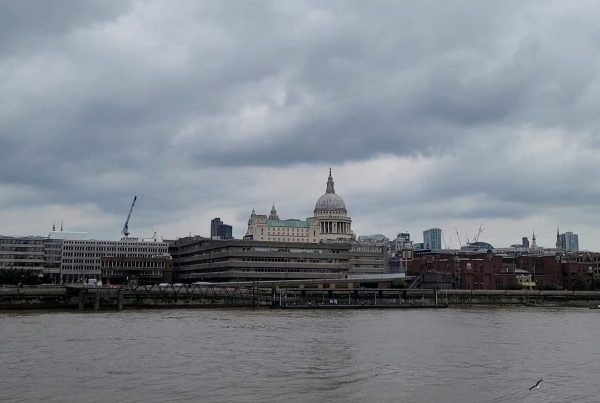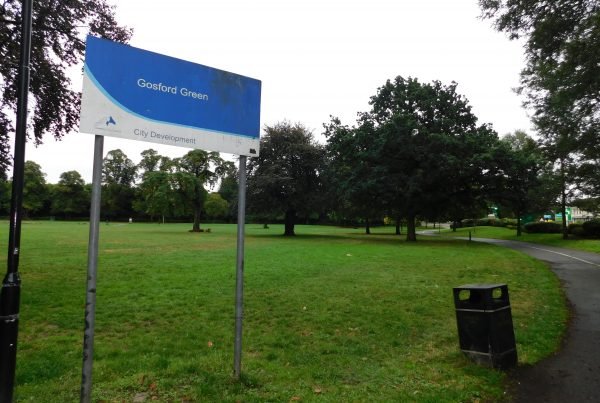Cymbeline
Act 1 Sc 1
Britain. The Garden of Cymbeline’s Palace
If after this command thou fraught the court
With thy unworthiness, thou diest. Away!
Thou ’rt poison to my blood.
Great Kimble, Buckinghamshire
Background - “What is past is prologue”
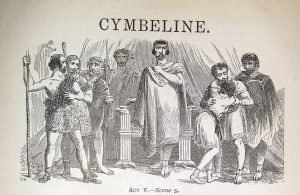 CYMBELINE
CYMBELINE
The protagonist is based on Cunobelinus, king of the Britons from 9AD to 40AD who Holinshed wrote about in his Chronicles. The first recorded performance was in April 1611.
It tells the story of Innogen, Cymbeline’s daughter, who runs away after being falsely accused of infidelity. After many adventures she is reunited with her banished husband and, rather unexpectedly, two long-lost brothers.
However, Cunobelinus and Shakespeare’s Cymbeline have very little in common apart from their name. Incidentally, Cymbeline means ‘strong as a dog’.
On the Stage - “The play’s the thing…”
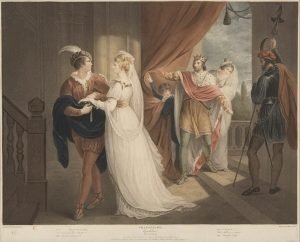
Posthumus is banished. Thomas Burke. 1795
1:1 CYMBELINE’S PALACE
In this first scene Cymbeline’s only daughter, Innogen, has married Posthumus when her stepmother wanted her to marry her son Cloten, who is as witless as his name suggests.
Posthumus is banished and sets out for Rome while his servant, Pisanio, stays with Innogen.
On the Map - “Presume not that I am the thing I was”
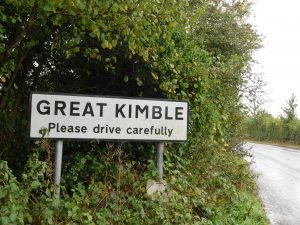 GREAT KIMBLE, BUCKINGHAMSHIRE, ENGLAND
GREAT KIMBLE, BUCKINGHAMSHIRE, ENGLAND
Tradition has it that the site of Cymbeline’s castle stands on a hill near the Buckinghamshire villages of Great and Little Kimble, the understanding being that they were named after the kIng.
In his book,The History and Antiquities of the County of Buckingham, published in 1847, George Lipscomb wrote, under the heading Roman Camp:
On the brow of a high hill, south of the church, at the north-west corner of a wood called Pulpit Wood, commanding the track of the Icknild-Way, is a square camp, with deep ditches on the east and south. The area is covered with wood and bushes, so as not to be explored without difficulty; but the lines are still perfect, though the avenues of approach are no longer to be seen.
The formation of this military work is popularly ascribed to Cunobeline (the Cymbeline of Shaks- peare), from whom both the Kimbells are conjectured to have derived their name.
It’s still pretty difficult to find a way to the camp almost 200 years later but you can get a good enough view from the road.
The real Cymbeline’s capital was Colchester, in Essex around 100 miles to the east.
English Heritage says one of their properties, Lexden Tumulus in Colchester, is the alleged site of his burial.
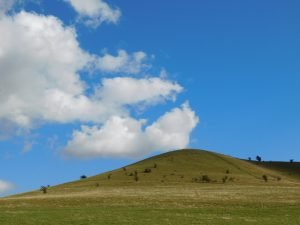
The site of Cymbeline’s castle? Great Kimble, Buckinghamshire. No, the view from it….



